Reflections from the White House Invest in Nature Summit
“Nature has the power to protect us, to feed us and to help regulate the climate. It also holds the promise of keeping the skies cleaner, people healthier and families growing and thriving,” said Brenda Mallory, Chair of the White House Council on Environmental Quality. “Investing in nature will provide us opportunities for wildlife and habitat, for our security in the face of climate change, and for our health and well-being.”
These were aspirational words being spoken at the Invest in Nature Summit hosted by the White House Office of Science and Technology Policy on April 20.
At the event, Biden-Harris administration and national leaders named an inflection point and the urgency to invest in nature-based solutions. I couldn’t agree more. This is the mission and work of the Children & Nature Network, and so many in the movement — to connect children to the natural world. Yet, there is something about seeing the presidential seal as the backdrop for the conversation that makes it feel weightier and more profound.
While it wasn’t the Children & Nature Network’s first trip to the White House, it was mine. Walking up to the security desk, I felt tears welling up and the slowing of my gait. The magnitude of the moment sunk in. The White House was a far cry from the opportunities I’d imagined when I first entered the world of outdoor education and equity over twenty years ago. I let the sun warm me, straightened my newly-purchased suit, and texted my mom, as any proud daughter might.
Upon arrival, I found a few familiar faces. Taking in the historical beauty of the State Department Library we were in, I met some of the “usual suspects” in the field: Peace Corps, Conservation International, National Park Trust. I was pleasantly surprised by the presence of Outdoor Afro, Black Girls Climbing and other folks leading grassroots efforts to get people of all backgrounds into the outdoors. Many sectors were represented, with government, nonprofit, academic and corporate leaders present, as well as those from health, agriculture, engineering and conservation.
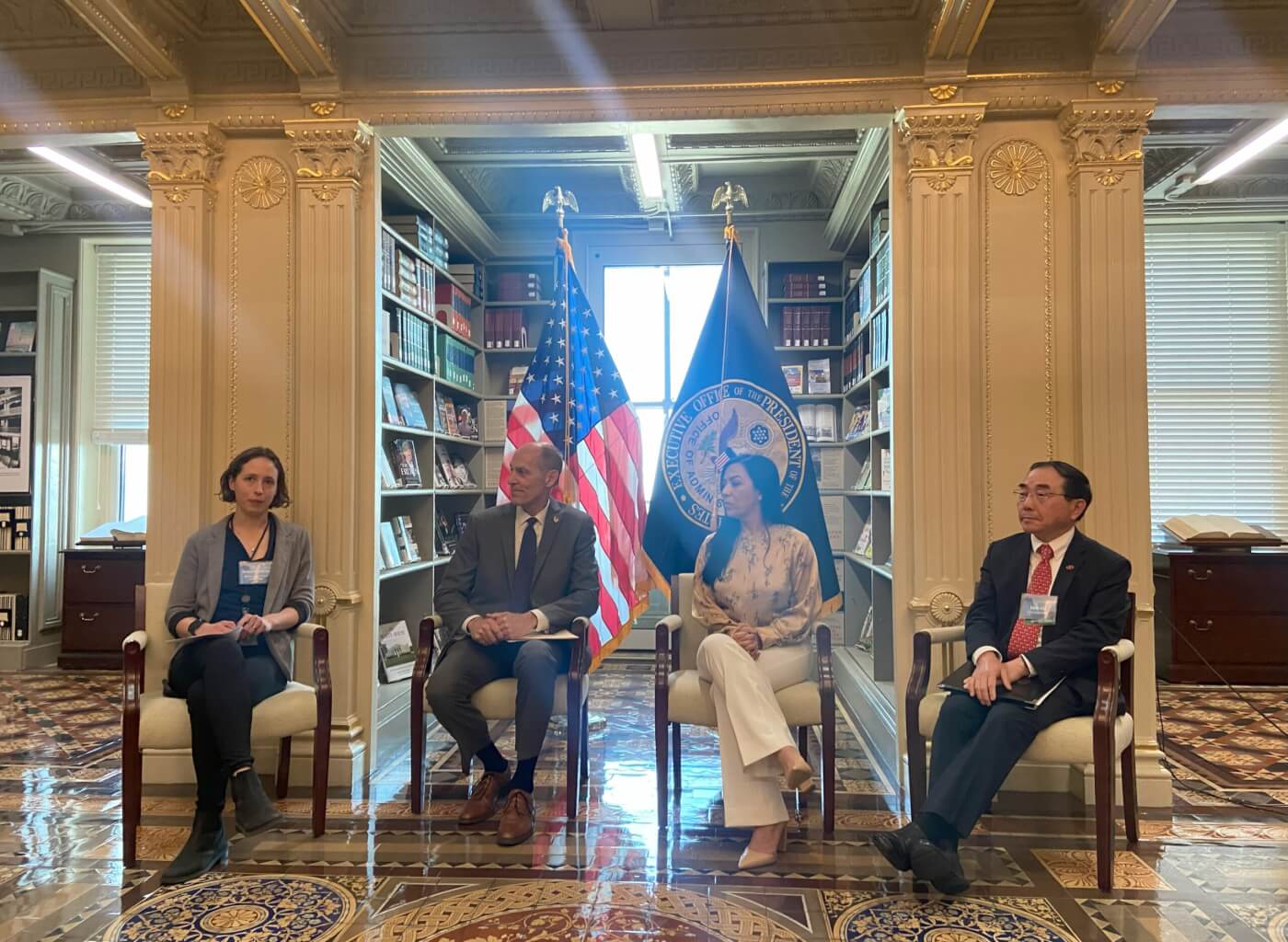
Invest in Nature panel at the Eisenhower Executive Office Building. Photo: Monica Lopez Magee
A series of panels highlighted the need to invest in resilient cities and communities, youth, and jobs. M. Sanjayan, CEO of Conservation International, recognized that commitments to nature are happening but need to scale.
“We cannot meet the Paris Climate agreement or any other agreement without also taking care of nature… People living on the front lines are coming up with unbelievably smart, clever innovations all the time,” said Sanjayan. “[We are] starting to see a shift that there is an economy based on restoration work. Truth is there. Willingness is there. It’s happening on the front lines.” He then proceeded to challenge our thinking. “This cannot be charity. This cannot be philanthropy. This cannot just be the government saying we are going to put money into it. All of those are necessary. It has to ultimately be an enlightened self-interest of people who live here.”
Related to youth in nature, Kyle Whyte, George Willis Pack Professor and Faculty Director of the Tishman Center for Social Justice and the Environment at the University of Michigan, shared his personal experience, “As a native person, there has been a big contrast between when I learned about nature in the classroom and when I learned about nature in the Indigenous way. In the Indigenous way, nature is the best professor ever.”
Gregory Bratman, Assistant Professor and Director for Environment and Well-Being at the University of Washington, reminded us, “Even with short doses of nature, working memory can improve.” He then went on to name the importance of putting science into practice and operationalizing the evidence.
Jane Lubchenco, Deputy Director for Climate and Environment for the White House Office of Science and Technology Policy, described key commitments from the administration including a recently released nature-based solutions roadmap. She also cited development of a national nature assessment, creation of an index to capture the value of nature for it to be included in the GDP, and financial investments, some of which are captured in our Cities Connecting Children to Nature Federal Funding Toolkit.
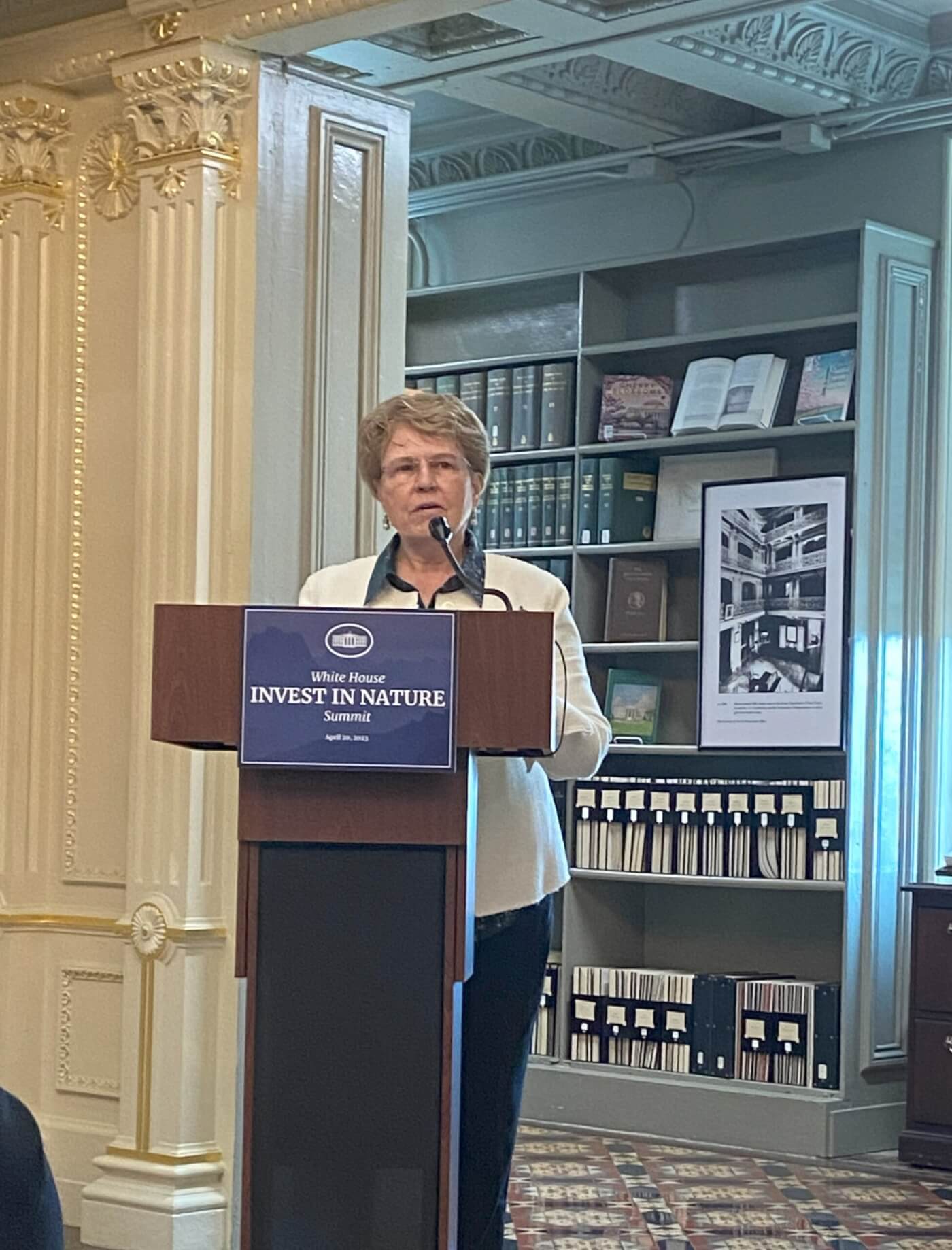
Jane Lubchenco, Deputy Director for Climate and Environment for the White House Office of Science and Technology Policy. Photo: Monica Lopez Magee
Administration commitments were paired with community commitments, which had been collected in the weeks leading up to the Invest in Nature Summit. My colleague Melanie Robinson from the National League of Cities documented our Cities Connecting Children to Nature Invest in Nature commitments.
My reflections are a small window into a full afternoon that is further captured in the White House’s video and readout from the event. It was wonderful to see this momentum for nature at the presidential level. As for me, I don’t know when I’ll be back, but my first trip to a White House event proved to be the icing on the cake for carrying the work forward.
###
2 Comments
Submit a Comment
-
Network News
POLICY UPDATE: Policy and advocacy for the children and nature movement
-
Voices
Binoculars, bald eagles and my journey as a Black birder
-
Richard Louv
THE WONDER BOWL: Ten Spring and Summer Nature Activities for Kids and Adults
-
Network News
Minneapolis Spotlight: The promise and possibilities of parks for youth
-
Voices
Why nature is my motherhood ally


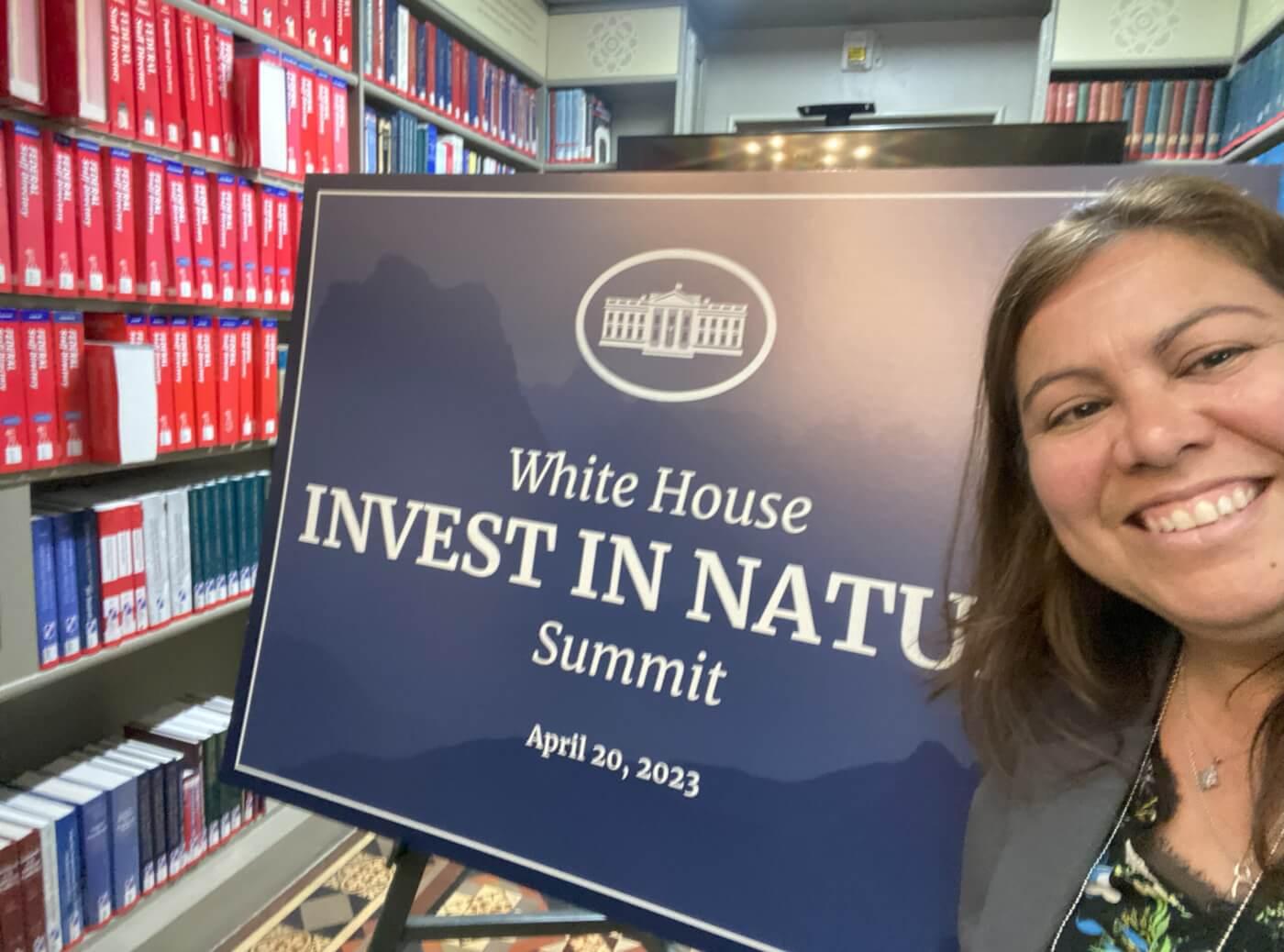

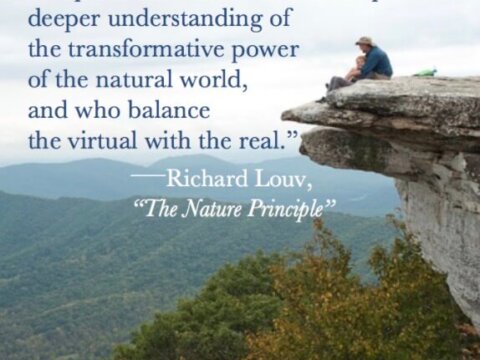
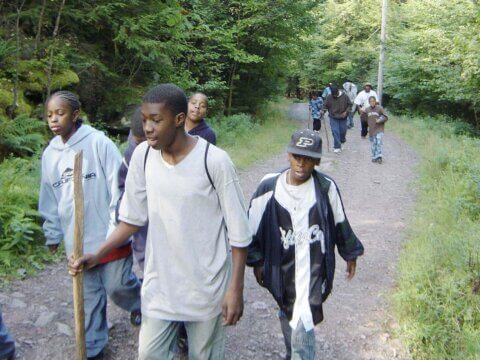
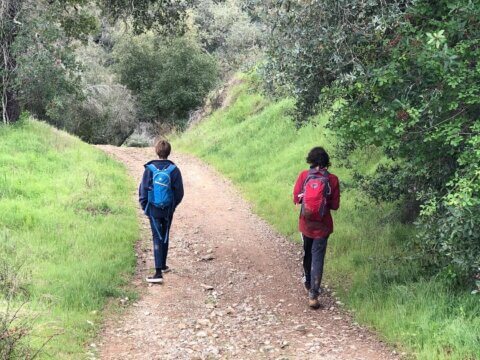
Grateful for your work and for this report!
Thanks, Zach! We appreciate all that you do, too, to creatively connect people to nature and environmental action!